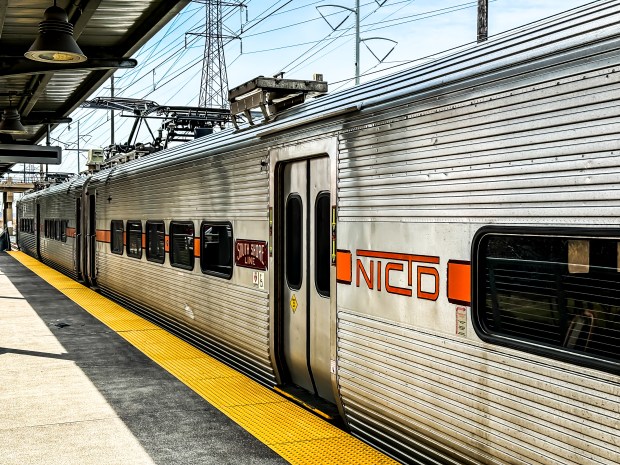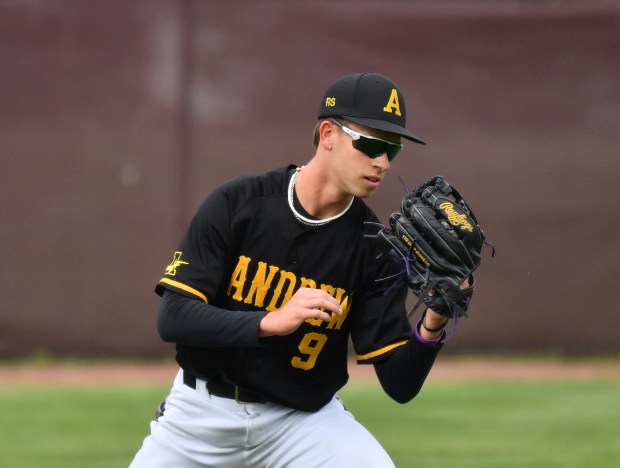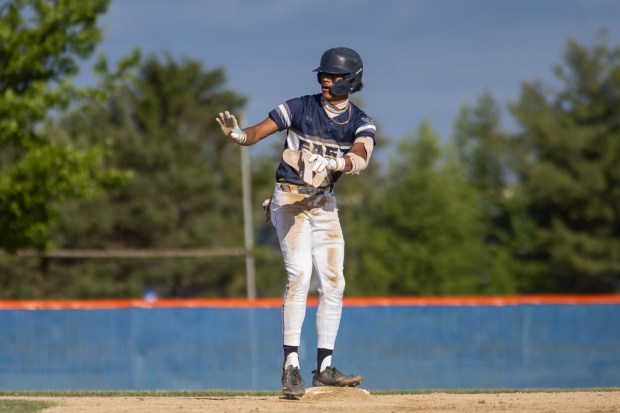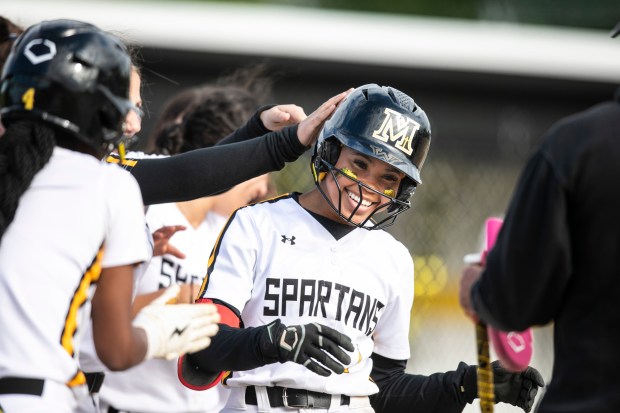The South Shore Line is improving its on-time performance, but it still isn’t where it should be.
On-time performance was at 60% the week of Nov. 11, with more than 70% of trains arriving within 10 minutes of their scheduled time that week.
That 60% figure should be at 90% or better, said Michael Noland, president and general manager of the Northern Indiana Commuter Transportation District, which runs the South Shore Line.
But compared to the week of May 13, when just over 30% of trains were on time, performance has improved dramatically, Noland said during a Nov. 27 NICTD board meeting in Chesterton.
“Earlier in the summer we were reporting 25% on-time performance, which is not good,” Noland said. “We’re not satisfied with 60%. This latest schedule change we’re going to implement is designed to get us to our goal of close to 90% or better on-time performance. That’s what we strive for every day.”
Ridership has improved, too, said Kelly Wenger, director of strategic planning.
Construction during the Double Track NWI project was a big factor in losing riders. “Nobody wants to get on a train and get on a bus to get on a train to go downtown,” she said. Opening up the extra track not only made trains faster but also eliminated the bus transfer between Dune Park station in Chesterton and the Gary Metro Center stop.
“October was really great,” Wenger said. “We had a lot of Notre Dame students back on the service.”
A sale on monthly passes – buy one, get one free – is reflected in the statistics, with large spikes every other month.
“We know not everyone’s going in five days a week like they were pre-pandemic. That’s definitely something that we’re going to want to look at and analyze to see if the frequency of that monthly pass is starting to come back,” Wenger said. “We’ve heard a lot of companies starting to talk about a mandatory return to the office at least three days out of five, or some companies are just doing a full return to the office so it’s something that we’ll continue to track and monitor.”
“Healthy growth is coming,” she said.
Chief Operating Officer Anthony Hall said construction continued to impede on-time performance. So did mechanical issues, exacerbated by leaves on the tracks, which were problematic this fall. Wheels on some of the trains were slipping on the rails.
“It’s really the higher speed, the increased demand for service,” Noland said. Total mileage is nearly doubled with the added service. “The fleet is under much more demand than it has been in the past,” Noland said.
When a wheel starts to skid along the rail, Noland said, the wheel develops a flat spot, so crews hear it go clunk, clunk, clunk. If that flat spot on the wheel is beyond 2.5 inches, the Federal Railroad Administration condemns the wheel. The train is taken out of service, passengers unloaded, a new train brought in for the passengers, and the old equipment sent back to the repair shop at 10 miles an hour.
“That’s what we faced frequently, over about 10 a day,” Noland said. That’s not typical.
The railroad tried a number of approaches to the problem, looking for a solution.
Rail freight tenants spread sand to help with traction. Some wheels were sent out for analysis, and new wheels weren’t any different from the old wheels from the same supplier. Experienced engineers faced the same problem as newer engineers, so that wasn’t an issue.
The double-decker cars, being heavier, didn’t slip like some of the lightweight cars did, so they were used for the first few trains in the morning to scrape off the rails.
“What happens is when the leaves die, they change their structure, their DNA,” Noland said. “They hit the rail, and it’s like a slurry.”
The railroad borrowed a piece of equipment from Metra that is essentially a wire brush towed behind a truck.
The railroad also changed its braking methods, switching from dynamic brakes to air brakes, and rails were pressure washed.
“Between that and these other elements that we put in place, we saw an immediate drop-off of incidents on the railroad,” Noland said. “When we started to do that, I mean literally we were going from 10 wheels a day down to zero.”
“We know this formula worked and was successful. We’ll continue to repeat it in the future,” Noland said.
The South Shore Line is looking at what works elsewhere. In Long Island, in New York, the problem got so bad they purchased trains with lasers on them. “They’re sending them up and down the railway at about 60 miles an hour, and the lasers blast off any sediment on the rail,” Noland said. At about $6 million apiece plus another $1 million for maintenance over five years, that’s a big price tag.
Laser trains have a big wow factor.
“If I ever got to that point, that would be a recommendation that we might make, to buy such a piece of equipment. We’re not there yet because we’ve never had this happen before and we seem to have found a formula that has gotten us through,” he said.
The railroad plans to buy a set of wire brush equipment like the one borrowed from Meta.
Doug Ross is a freelance reporter for the Post-Tribune.





